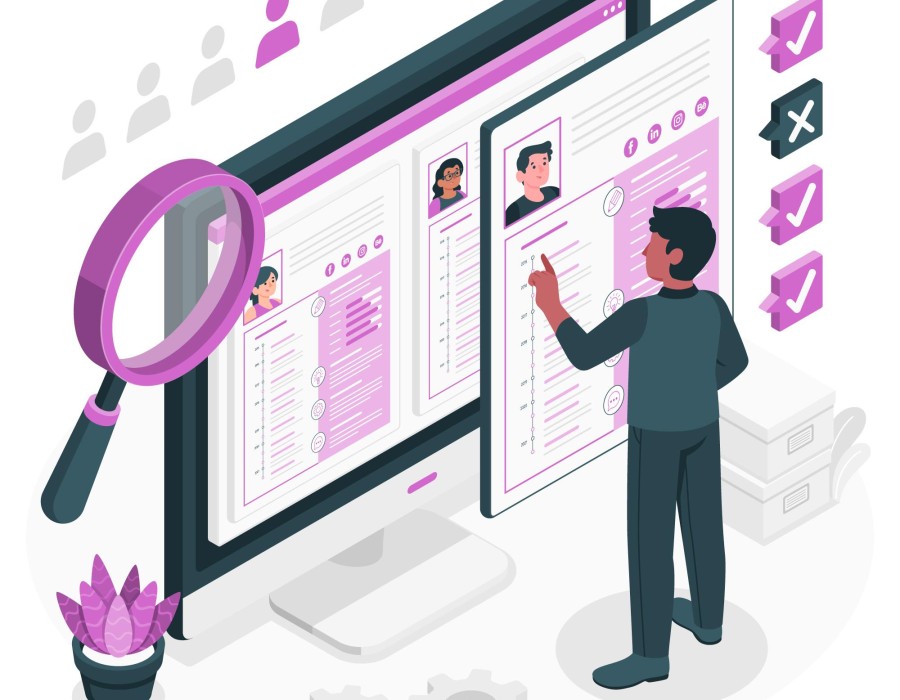Selecting and deploying the appropriate HR software is crucial in the complicated human resources (HR) world. But the ability to bargain for the price of these software solutions is just as important. A successful negotiation can improve value for your company and result in significant savings. This article aims to give HR professionals helpful advice on how to bargain for the price of HR software so they can make better, more economical decisions.
Comprehending the Cost Dynamics of HR Software
It's critical to comprehend the variables affecting HR software costs before engaging in any negotiations. Depending on the features, scalability, degree of customization, and vendor pricing strategies of the software, these expenses can differ significantly. In addition, expenditures may cover continuing maintenance, support, and upgrade costs in addition to the original purchase price. When HR professionals know these areas, they can enter negotiations with a strong position.
The Secret to Successful Negotiation is Preparation
1. Extensive Market Analysis
Conduct in-depth market research first. Recognize the available HR software options, pricing structures, and standard features. This information aids in determining a reasonable price range and offers a standard for comparison.
2. Evaluating the Requirements of the Organization
Clearly state the requirements that your company has for its HR software. Consider user count, necessary features, integration potential, and future scalability. The negotiation process can be streamlined with a clear set of requirements.
3. Restraints on Budget and Flexibility
Recognize your financial limitations and the places where you have leeway. Prioritizing features and negotiating add-ons or customizations are made easier with this understanding.
Strategies for Negotiation
1. Opening Discussion
Know at the outset of the negotiation exactly how much you are willing to pay and how far you are ready to go. Negotiation transparency can be facilitated by being open and honest about your financial limitations.
2. Emphasizing Value Rather than Just Price
Change the topic of Discussion from the software's cost to its value to your company. Discuss how particular features can raise employee engagement, efficiency, and compliance.
3. Examining Scalability and Customization
Ask for options for scalability and customization. These factors are essential because they establish the software's long-term sustainability and ability to adjust to your company's evolving needs.
4. Extended-Term Cost Factors
Talk about long-term costs, such as those associated with upgrades, maintenance, and support. Long-term savings may come from negotiating a comprehensive package that includes these services.
5. Requesting Deals and Offers
Always be bold and ask for discounts, particularly if you're buying during a sale or making a long-term commitment. Vendors frequently offer discounts to close a deal.
Making Use of Vendor Relationships
1. Developing a Partnership Perspective
Instead of approaching the negotiation as a transaction, treat it as a partnership. Developing a good rapport with the supplier may result in more favorable conditions and continuous assistance.
2. Examining Personalized Options
Look for a custom solution if the standard packages don't satisfy your needs. In the long run, this may provide better value even though it costs more initially.
3. In search of case studies and references
Request references and case studies from the vendor. Evidence from actual businesses about the benefits their software has brought to similar ones can be used as bargaining chips.
Common Pitfalls to Avoid in Negotiating HR Software Costs
1. Considering One-Size-Fits-All Remedies
Assuming that a one-size-fits-all solution will satisfy your organizational requirements can be expensive. Customizing the software to match your unique workflows and processes could be essential.
2. Disregarding Software Integration Capabilities
Increased costs and complexity may result from failing to consider how well the new HR software integrates with current systems. To prevent further integration costs, ensure the software can work seamlessly with your present systems.
3. Ignoring Training Expenses and User Experience
It can be very costly to underestimate the value of the user experience and the expense of educating staff members on how to utilize the new software. In the long run, a system that is difficult to use or requires much training may cost more.
4. Ignoring Unexpected Fees and Costs
One of the most frequent errors is ignoring fees or charges that can significantly increase the overall cost. Always request a thorough cost analysis, considering any extra charges for data migration, customization, or additional user licenses.
5. Hurrying the Process of Making Decisions
Making a snap decision requires carefully weighing your options to ensure the software selection suits your company's requirements. Spend time comparing various products and negotiating terms to ensure they meet your needs.
Conclusion
Achieving a solution that will support the strategic objectives of both your company and your HR department is the primary goal of negotiating the cost of HR software. HR professionals can ensure they are well-prepared for negotiations, have the appropriate knowledge and tools, and can make decisions that will pay off in the long run by paying attention to these pointers. Recall that having a solid, mutually beneficial relationship with the vendor, being clear about your budget, and knowing your needs are all essential for successful HR software cost negotiations.





Comments